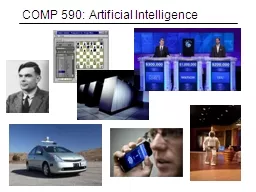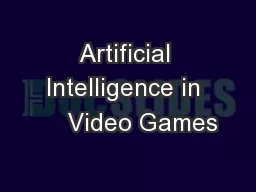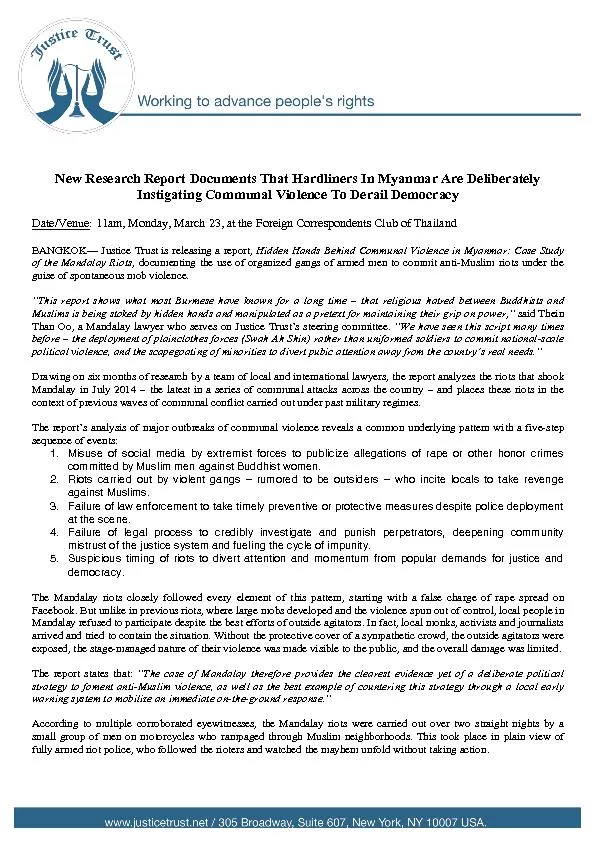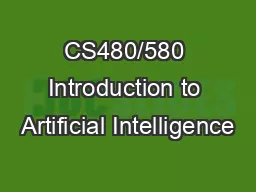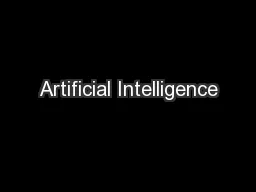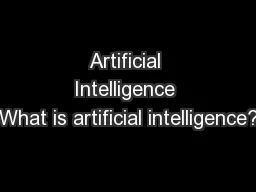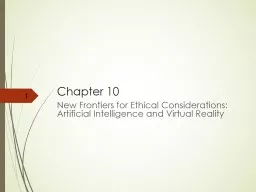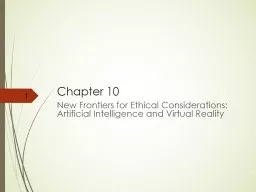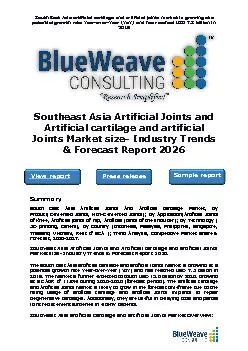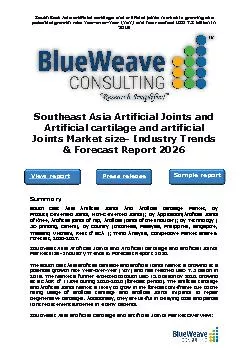PPT-COMP 590: Artificial Intelligence
Author : giovanna-bartolotta | Published Date : 2018-11-09
Today Course overview What is AI Examples of AI today Who is this course for An introductory survey of AI techniques for students who have not previously had an
Presentation Embed Code
Download Presentation
Download Presentation The PPT/PDF document "COMP 590: Artificial Intelligence" is the property of its rightful owner. Permission is granted to download and print the materials on this website for personal, non-commercial use only, and to display it on your personal computer provided you do not modify the materials and that you retain all copyright notices contained in the materials. By downloading content from our website, you accept the terms of this agreement.
COMP 590: Artificial Intelligence: Transcript
Download Rules Of Document
"COMP 590: Artificial Intelligence"The content belongs to its owner. You may download and print it for personal use, without modification, and keep all copyright notices. By downloading, you agree to these terms.
Related Documents

